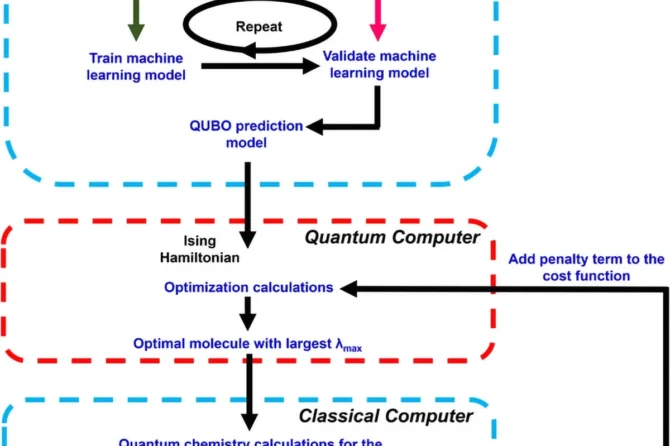Researchers at the University of Liège have made a significant breakthrough in quantum physics by developing a method to rapidly create NOON states using ultra-cold atoms. These quantum superpositions, often compared to miniature versions of Schrödinger’s cat, are crucial for advancing quantum technologies but were previously impractical to produce due to time constraints.
The central challenge has been the extensive time required to manufacture these states, often tens of minutes or more, which typically exceeds the experiment’s lifetime due to an energy bottleneck that forces the system to slow down. Simon Dengis, a doctoral researcher at Liège, addressed this problem by developing a novel approach that dramatically accelerates the process.
By combining two powerful concepts—counterdiabatic driving and the optimal geodesic path—the research team effectively “smoothed the road” for atoms to evolve into NOON states. This innovative approach allows the quantum system to evolve rapidly while maintaining its trajectory toward the desired state, similar to how a driver anticipates and navigates a sharp turn.
The results are remarkable: in some cases, the process has been accelerated by a factor of 10,000 while maintaining 99% fidelity. What previously took approximately ten minutes now requires merely 0.1 seconds, making these quantum states practically accessible for laboratory work.
This advancement has profound implications for quantum technology applications. NOON states play an essential role in quantum metrology (enabling ultra-sensitive measurements of time, rotation, or gravity) and quantum information technologies. The breakthrough could lead to significant improvements in instruments such as quantum gyroscopes and miniature gravity detectors.
The research exemplifies how theoretical concepts and experimental feasibility can converge to create tangible advancements in quantum physics. By implementing static parameter adaptations that are experimentally viable with ultracold quantum gases, the team achieved gain factors that increase exponentially with the number of atoms involved, effectively counterbalancing the traditionally slow collective tunneling process underlying the adiabatic transition.
This achievement represents a crucial step in transforming theoretical quantum concepts into practical technologies with real-world applications, bridging the gap between quantum theory and experimental implementation.
Reference: “Accelerated creation of NOON states with ultracold atoms via counterdiabatic driving” by Simon Dengis, Sandro Wimberger and Peter Schlagheck, 10 March 2025, Physical Review A. DOI: 10.1103/PhysRevA.111.L031301


